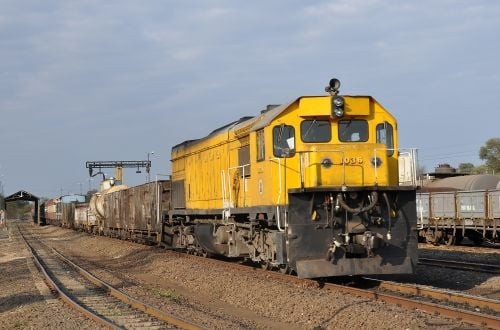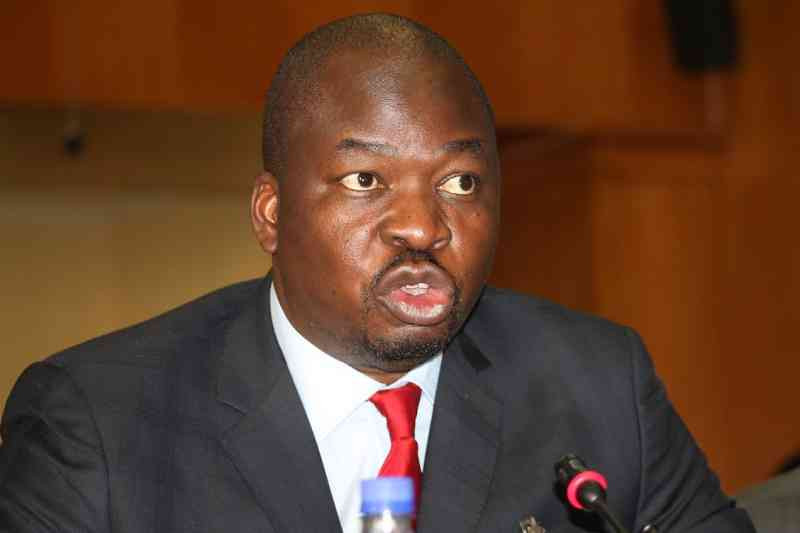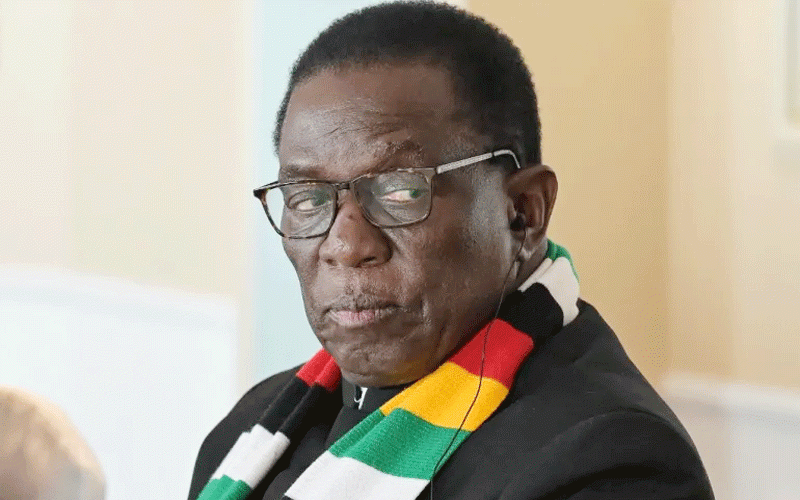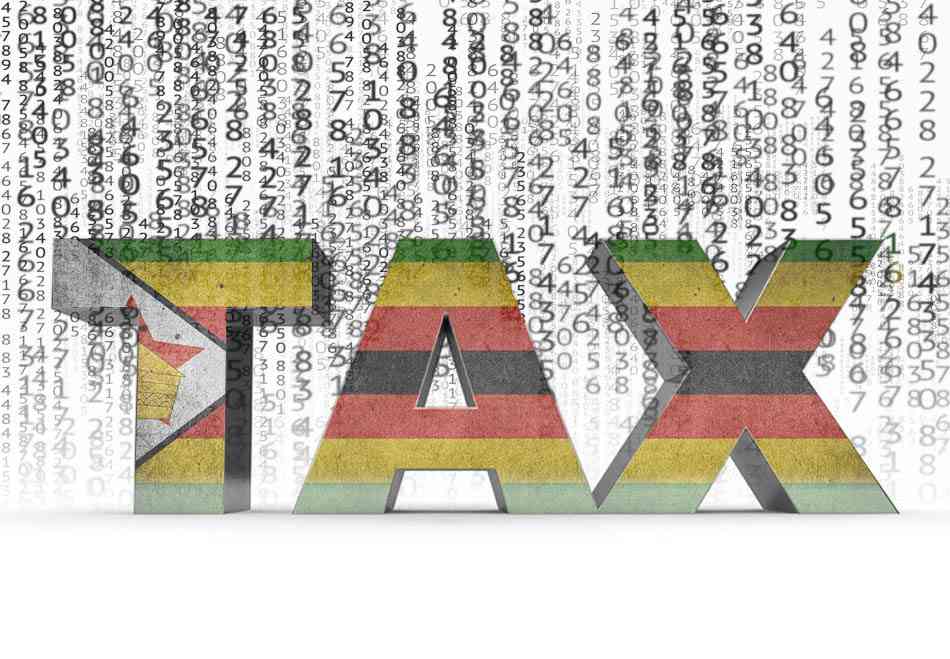
HIGH transportation costs are a significant factor in Zimbabwe being one of the region’s most expensive markets. An inefficient logistics network, compounded by other economic challenges such as high power costs, makes setting up business in Zimbabwe increasingly unviable and life unbearable for ordinary citizens.
This is a key reason why, except for resource-seeking multinationals, foreign direct investment (FDI) into Zimbabwe remains low compared to some regional peers. The corrosive effects of these costs have long hindered FDI and stifled economic growth.
At the heart of this issue lies the National Railways of Zimbabwe (NRZ), a critical player in the transportation of bulk exports and imports over long distances.
Zimbabwe’s rail network, which once extended efficiently to ports in Mozambique, Namibia, South Africa and Tanzania, has been severely compromised by decades of underinvestment. Today, NRZ operates with ageing wagons and locomotives, punching far below its weight.
The statistics tell a sobering story: projected shipments have plummeted to just 2,7 million tonnes this year, a sharp decline from the 18 million tonnes moved in the 1990s.
However, these figures alone do not capture the full gravity of the situation. Behind them are real people losing jobs and livelihoods, as well as an economy sinking deeper into crisis.
A visit to the NRZ compound in Rugare, Harare, for instance, reveals high levels of unemployment, poverty and a general decay in service delivery.
Yet, there is a glimmer of hope. With the Mutapa Investment Fund (MIF) assuming the government’s 100% shareholding in NRZ this year, there are signs of renewed efforts to rebuild the company.
- Zimbabwe is closed for business, says think tank
- New perspectives: Reconfigure Zimbabwe’s economy for recovery
- Zimbabwe is closed for business, says think tank
- New perspectives: Reconfigure Zimbabwe’s economy for recovery
Keep Reading
John Mangudya, chief executive officer of MIF, highlighted the urgency of the situation in an interview this week, stating that the NRZ is a top priority.
It is clear that MIF understands the underlying factors contributing to Zimbabwe’s economic decay and it is digging under the skin to find the right remedy.
Time is of the essence, however. Demand for an efficient railway system is set to rise with the completion of projects like the US$1,5 billion Manhize steel plant and significant investments in lithium and other minerals. These ventures are ready for take-off, but they require a functional rail transport system to succeed.
Moreover, with recurring droughts devastating the country, the need for fast and reliable transportation is critical for humanitarian interventions. Already, discussions have begun for funding of about US$500 million to revive NRZ. But Zimbabwe has seen too much talk and too little action in the past.
State interference has consistently derailed plans to rejuvenate NRZ. The hope is that Mangudya will be given the space and autonomy to execute the necessary reforms.
Revitalising NRZ is one of the many ways Zimbabwe can address the factors behind its prolonged economic stagnation and tepid FDI inflows.










